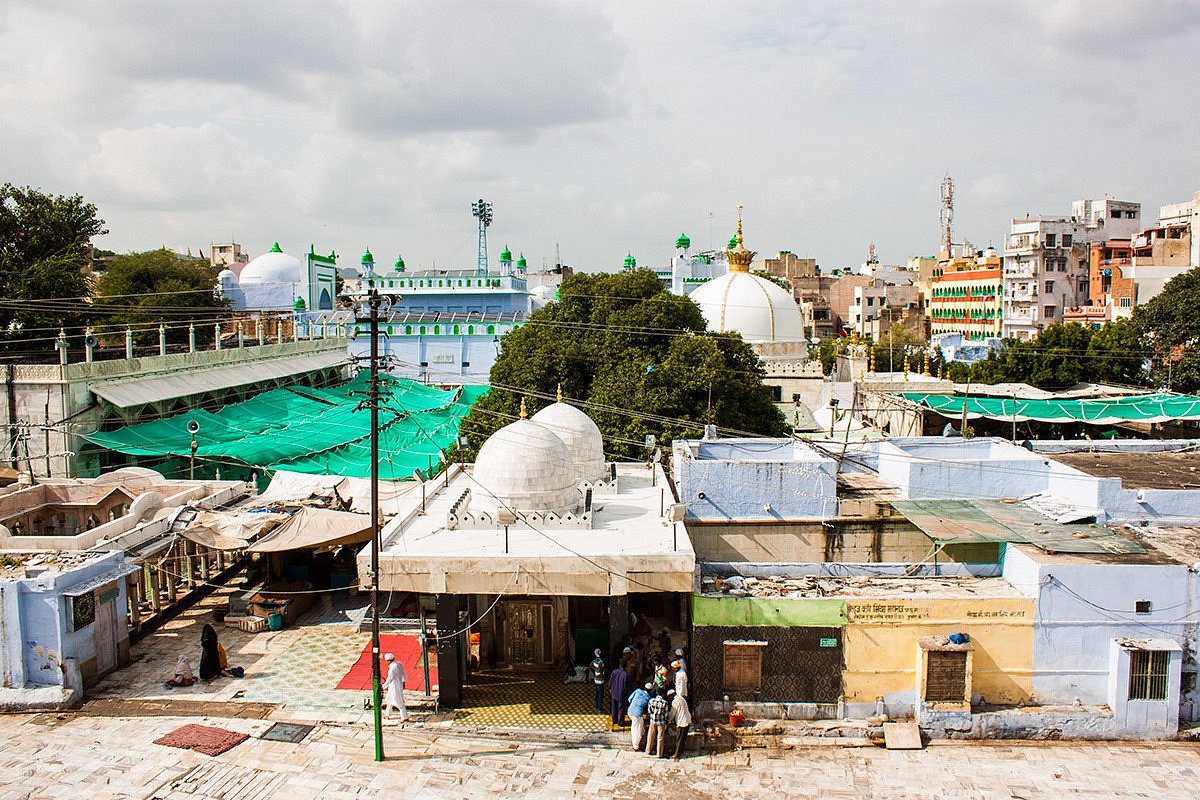 |
|
The legal battle surrounding the Ajmer Sharif Dargah in Rajasthan has intensified with a court issuing notices to relevant authorities regarding a claim of a hidden Shiva temple beneath the structure. This case, filed by Vishnu Gupta, president of the Hindu Sena, alleges that the Dargah, a revered Sufi shrine, was built upon the remains of a pre-existing Hindu temple, a claim steeped in historical debate and religious sensitivities. The court's decision to issue notices to the Archaeological Survey of India (ASI), the Union Ministry of Minority Affairs, and the Ajmer Dargah Committee signifies a crucial step in determining the validity of these claims and potentially uncovering layers of history concealed beneath the Dargah's architecture. The subsequent legal proceedings are likely to attract considerable attention, not only within Rajasthan but across India, given the complex religious and political implications.
The core of Gupta's suit lies in his assertion that the Ajmer Dargah was constructed by partially converting and expanding existing Hindu structures, a practice allegedly common during the rule of early Muslim emperors. This historical interpretation, supported by the plaintiff's submission of historical accounts suggesting a grand temple at the site prior to the Dargah's construction, forms the basis of the legal challenge. The suit further contends that the Dargah committee illegally occupies land belonging to the deity and infringes upon the Hindu community’s right to worship, as guaranteed under Article 25 of the Indian Constitution. This specific mention of Article 25 highlights the constitutional aspect of the argument, placing the case within the framework of religious freedom and rights.
A particularly contentious element of the suit is the claim of a Shiva Linga residing beneath an underground passage within the Dargah complex. This assertion, if proven, would significantly bolster the plaintiff's case and potentially lead to major archaeological investigations. The request for the ASI to conduct a thorough survey of the Dargah is not merely an investigative measure; it's a crucial step in substantiating or refuting the core claims of the lawsuit. The court’s decision to schedule a further hearing underscores the gravity of the situation and the need for a comprehensive and impartial investigation. The potential implications of uncovering evidence to support Gupta's claim are vast, potentially triggering significant religious and political ramifications.
The involvement of the Union Ministry of Minority Affairs is equally crucial in this case. The Ministry’s role extends beyond simply being a party to the suit; it represents the government’s approach towards religious harmony and the management of sensitive religious sites. The outcome of this legal battle could significantly impact future policies and practices concerning the management of historically significant religious sites across India. The case necessitates a delicate balance between preserving religious sensitivities, upholding constitutional rights, and ensuring a transparent and unbiased investigation by the ASI. The upcoming December 20th hearing will be pivotal in charting the course of this legally complex and religiously charged case.
Beyond the immediate legal ramifications, this case brings forth broader questions about historical preservation and the interpretation of historical narratives. The conflicting claims surrounding the Ajmer Dargah highlight the enduring complexities of India's multicultural heritage and the challenges in navigating narratives that intertwine religious faiths and historical events. The legal proceedings will not only determine the factual accuracy of the plaintiff's claims but will also potentially serve as a platform for a broader societal discussion on how we approach, interpret, and preserve India's rich, and often contested, past. The outcome of the case may set important precedents for future disputes involving similar historical sites and claims.
The inclusion of the Ajmer Dargah Committee as a defendant emphasizes the direct stake of the Dargah's custodians in this legal battle. Their response to the accusations and their cooperation with any ASI investigation will play a significant role in shaping the direction of the case. The Committee's position and actions will be closely scrutinized, not only by the court but also by the wider public and religious communities. The potential for heightened tensions and public discourse is undeniable, emphasizing the need for responsible dialogue and a peaceful resolution. The next hearing promises to bring further clarity to this complex matter, offering a crucial juncture in the legal and historical narrative surrounding the Ajmer Sharif Dargah.
Source: Rajasthan Court Issues Notices On Suit Claiming A Shiva Temple Lies Beneath Ajmer Sharif Dargah
